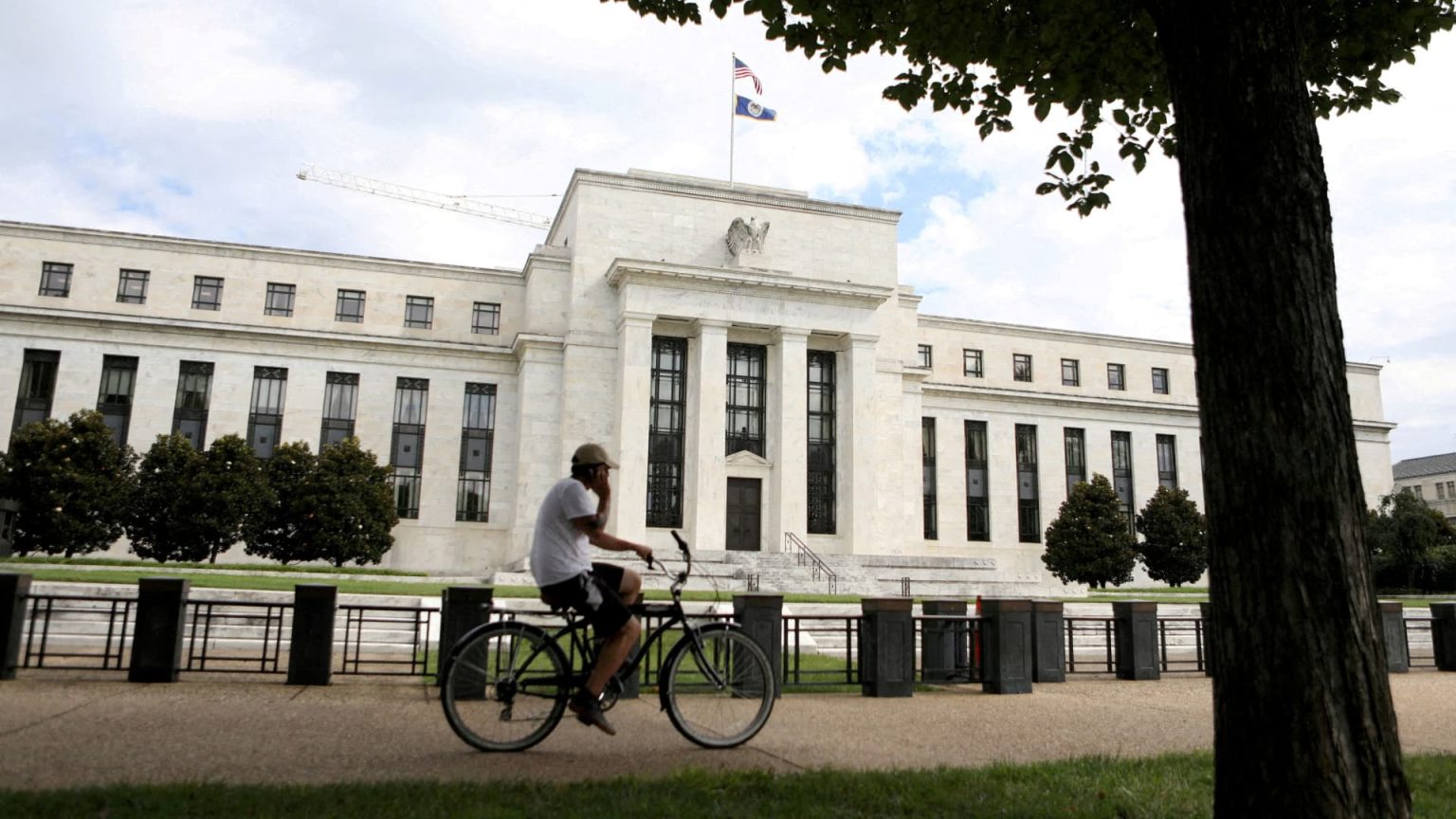Fitch predicts that the U.S. Federal Reserve’s easing cycle will be relatively mild compared to historical standards, with a total of 250 basis points of cuts spread out across 25 months. The ratings agency anticipates the Fed will cut rates by 25 basis points at both its September and December meetings, followed by further cuts in 2025 and 2026. Fitch believes the gradual easing pace is due to ongoing challenges with inflation, as CPI inflation remains above the Fed’s 2% target and recent declines in core inflation may be temporary.
In August, U.S. inflation reached its lowest level since February 2021, with the consumer price index rising 2.5% year on year. Core CPI, which excludes food and energy prices, increased by 0.3% for the month, in line with forecasts. Fitch notes that the Fed has faced challenges in controlling inflation over the past few years, leading to caution among policymakers. The agency highlights gaps in central banks’ understanding of inflation drivers and suggests that these challenges will impact the Fed’s approach to monetary policy decisions.
Looking at Asia, Fitch expects continued rate cuts in China following a surprise move by the People’s Bank of China to cut rates in July. The agency believes that deflationary pressures are growing in China, with falling producer prices, export prices, and house prices, as well as declining bond yields. Fitch has lowered its CPI forecasts for China and anticipates additional rate cuts in 2024 and 2025 to combat low inflation rates. The agency forecasts China’s inflation rate to be at 0.5% in 2024, down from 0.8% in its previous outlook report.
In contrast to China, the Bank of Japan is taking a more hawkish approach to monetary policy, with core inflation consistently above the bank’s target for 23 months. Fitch notes that Japan is experiencing a “virtuous wage-price cycle,” with companies prepared to grant significant wage increases. The BOJ’s confidence in achieving its policy goals is leading to more aggressive rate hikes than previously anticipated. Fitch expects the BOJ’s benchmark policy rate to reach 0.5% by the end of 2024, 0.75% in 2025, and 1% by end-2026, above market consensus. A more hawkish BOJ could have broader global impacts on monetary policy decisions.
Overall, Fitch’s global economic outlook report for September highlights the contrasting monetary policy stances of the U.S., China, and Japan. While the Fed is expected to proceed with caution in its rate cuts due to inflation challenges, China faces deflationary pressures that warrant further easing measures. In contrast, the Bank of Japan is adopting a more aggressive approach to monetary policy as it aims for a virtuous wage-price cycle. These differing approaches to monetary policy could have significant implications for global financial markets and economic conditions in the coming years.


